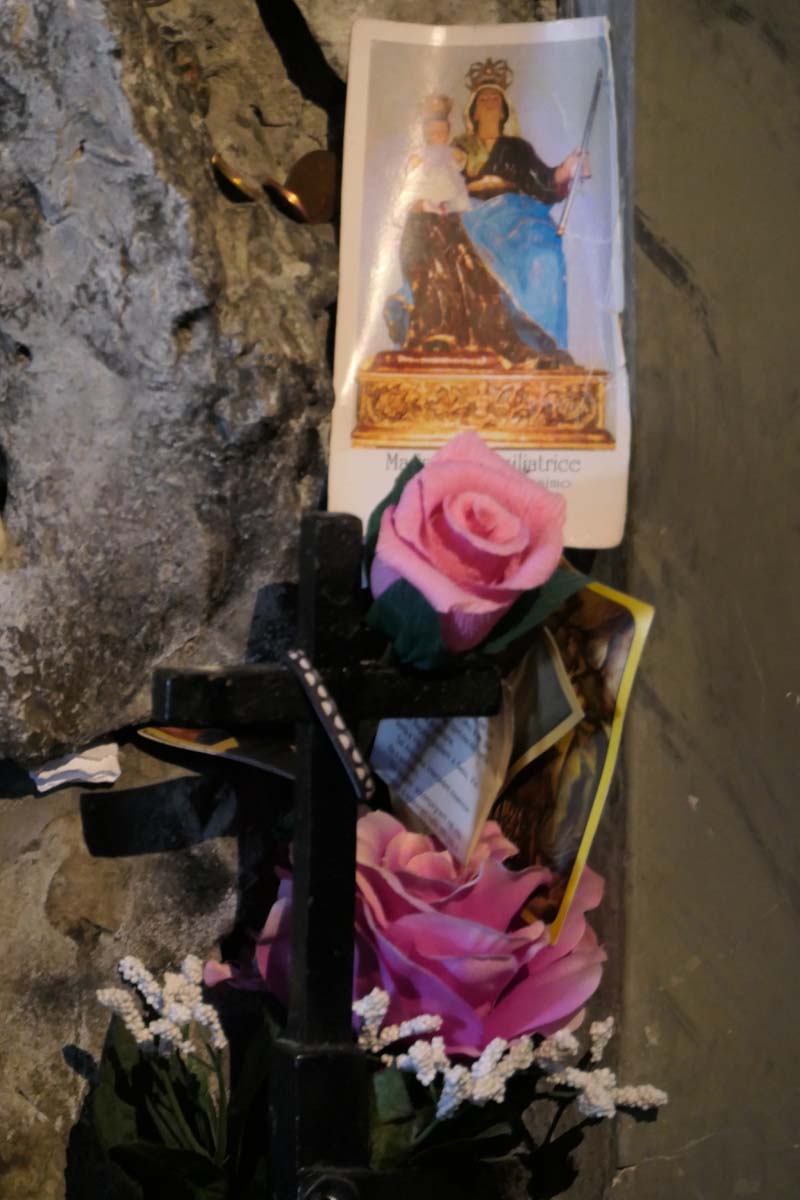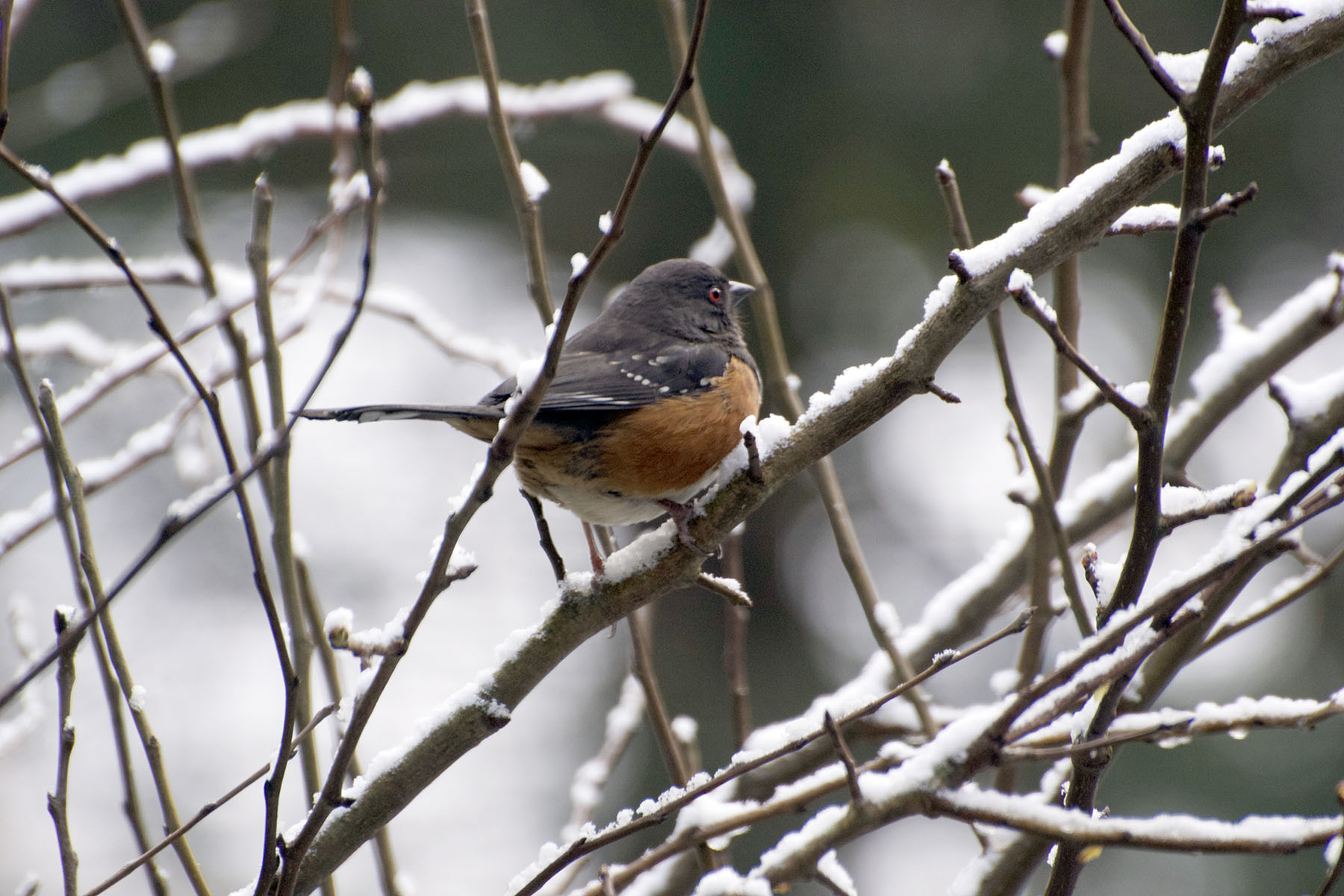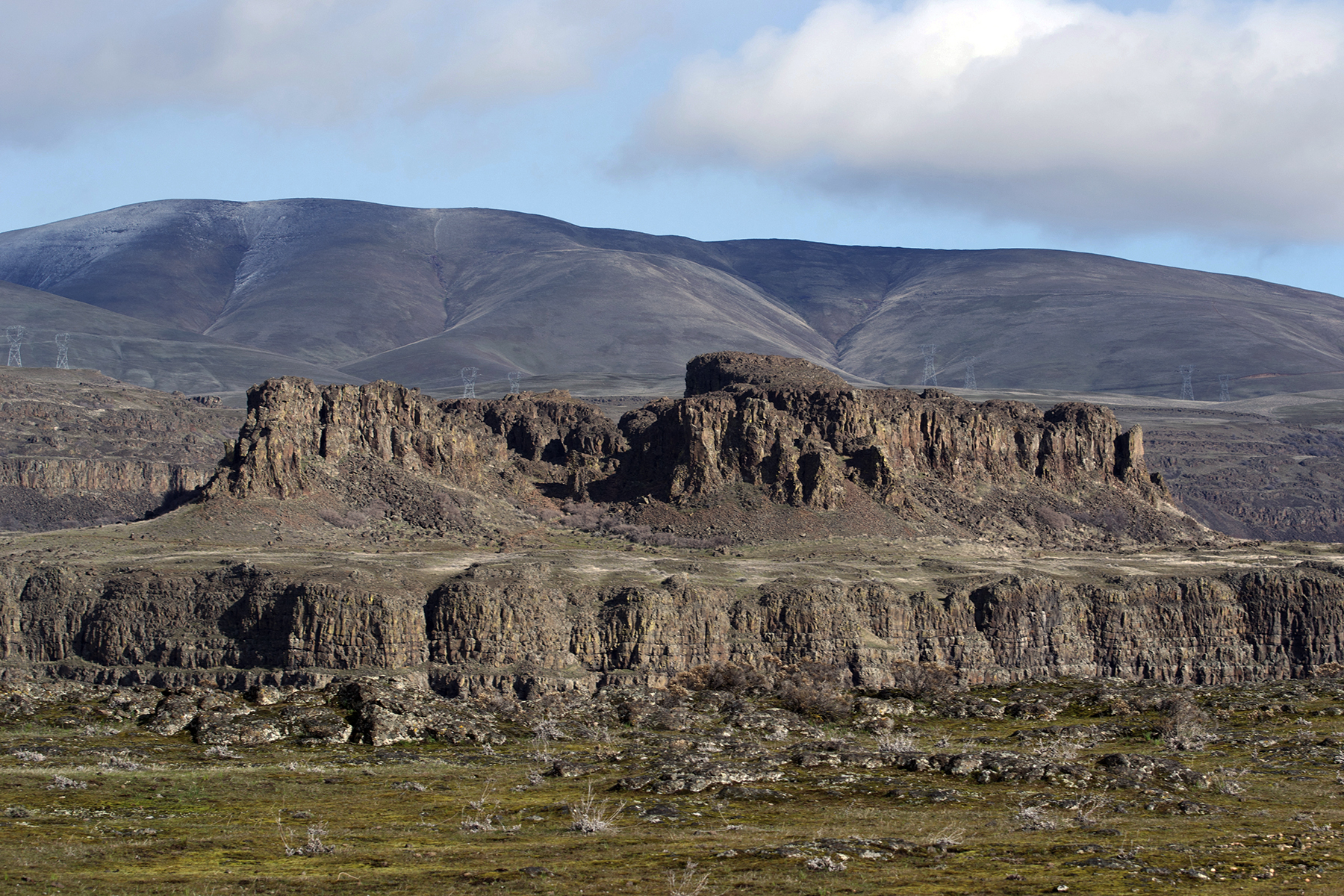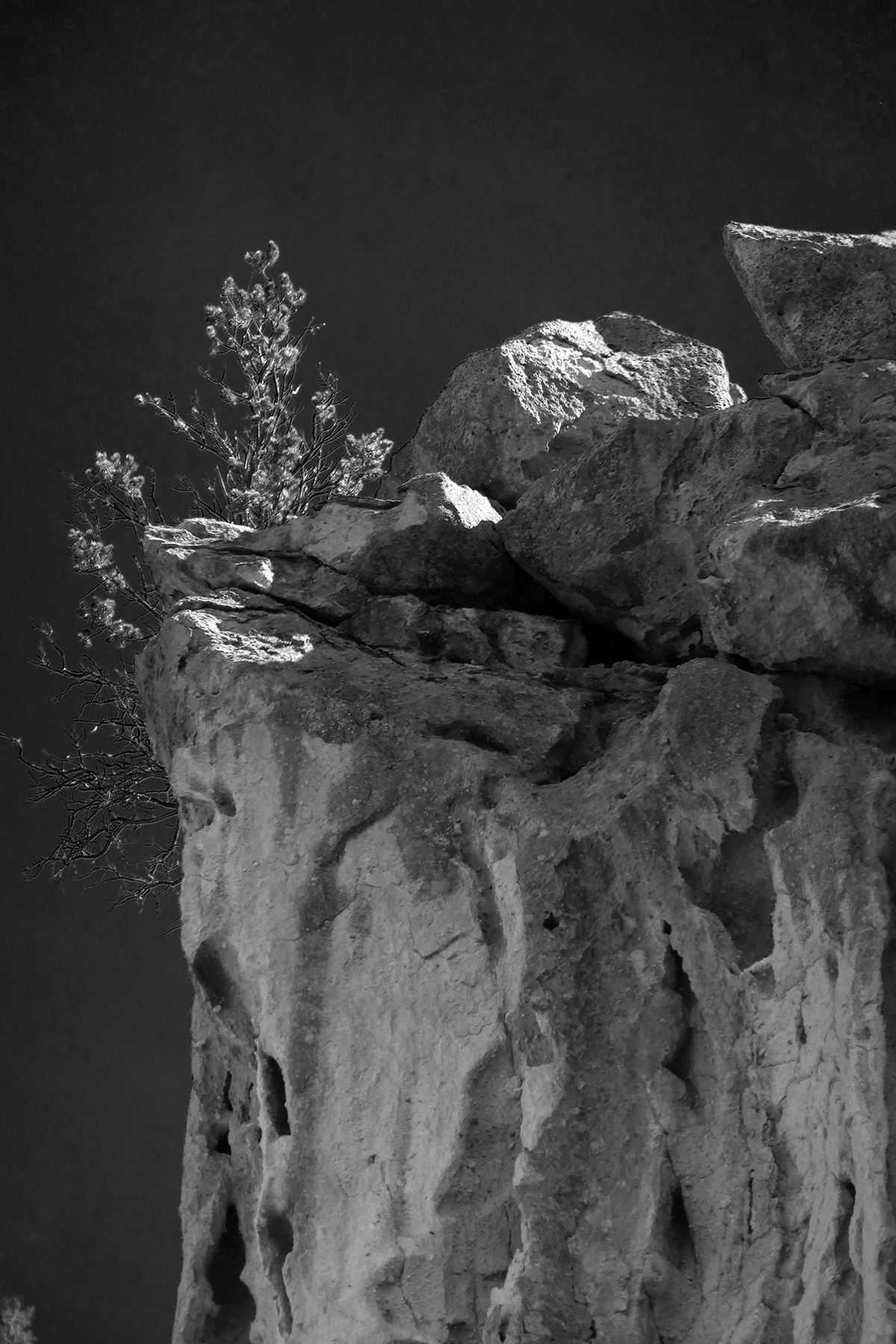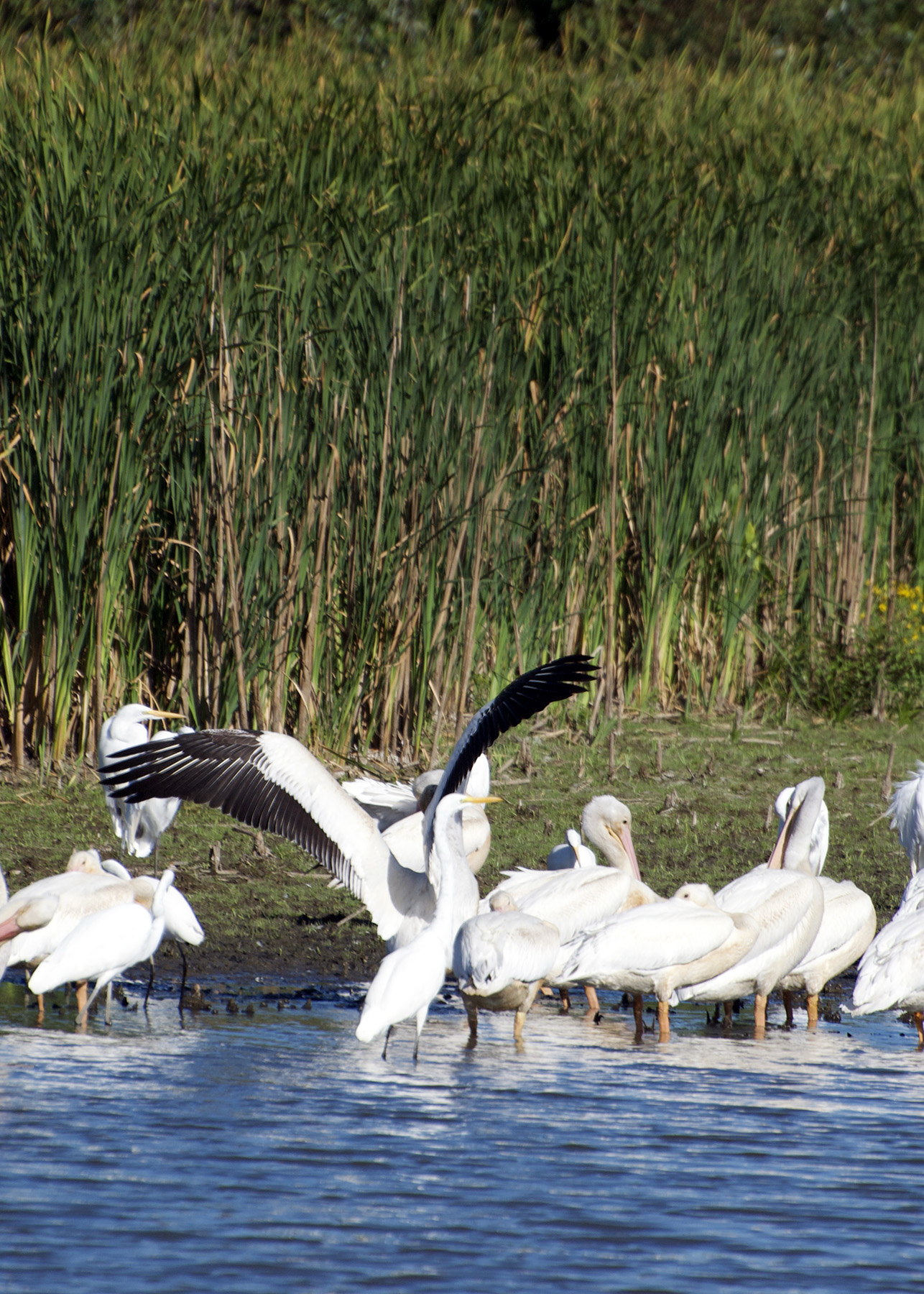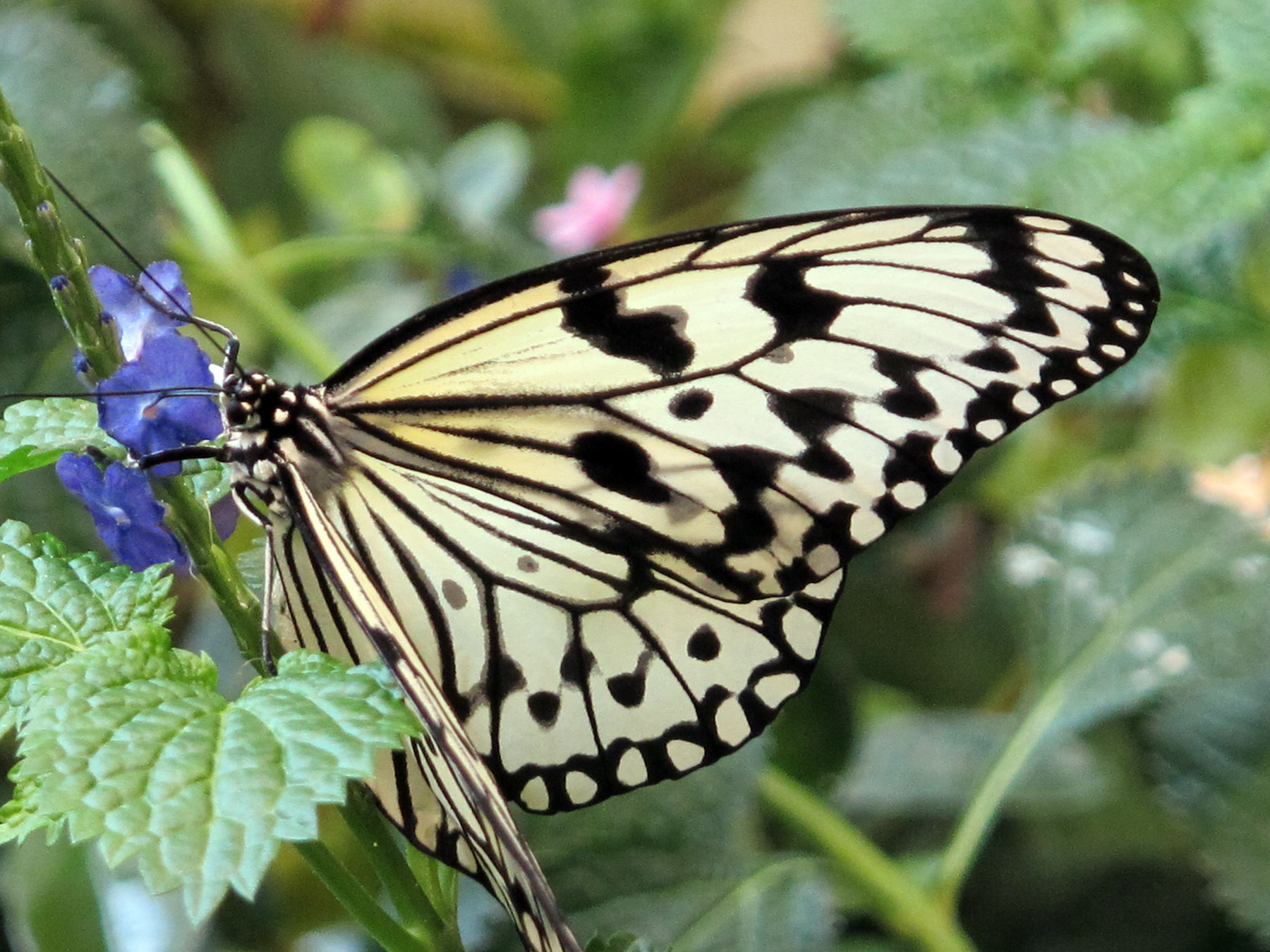Maria durch den Dornwald ging
· Mary walking through a forest of thorns ·
This is the time of year that provides all of us, no matter the background, with some glorious and familiar music. If your first association is “Jingle Bells???” I have to disappoint you, although the song I am introducing today was sort of a jingle. Despite appearing like church music, it was a folk melody that revelers sang since the mid 1800s in Germany, going from house to house during the Advent season, begging for coins. It appeared in a collection of folk songs published by a passionate fan of that music, August von Haxthausen, helped in his endeavors by the Brothers Grimm.

The song became intensely popular around 1912 with the Wandervögel (migratory birds) movement, a movement of middle and upper class youths who despised industrialization and wanted to go back to nature, simplicity and freedom, hippies of yore, hiking in the countryside, singing around the camp fires and sleeping under the stars. The song was spread by them far and wide.




The movement succeeded enough that the establishment and the rising Hitlerites tried to emulate it in ways that would lure young members: The Catholic Youth Organization, The Boy Scouts, and later the Youth League of the National Socialist Workers’ Party (NSDAP) under the control of his storm trooper organization known as the SA (Sturmabteilung,) all sharing some of the same themes, opposing a return to the old social status quo, while working to create an idealistic new era, a better Germany. (Ref.) Hah.

Simple paper curling behind glass.
Ah, getting derailed. What else is new. Back to the song.

It uses simple language, sometimes interrupted by the Greek Kyrie Eleison – Lord, have Mercy – and has an archaic melody, with plain movements that ascend and descend and a dorian pitch (sort of like our minor key.) The narrative is set in woods entirely consisting of barren plants and thorns that have not shown life for seven years. When Mary, pregnant with G-d’s son, walks through this forest of thorns, it erupts into a blooming sea of roses. Let’s listen to two versions: a choir that might resemble the way it was sung on the street (albeit with the finesse of a world-class ensemble, the Vienna Boy Choir) and a version for wind instruments. I simply loved that song as a child, both for the pitch and the miracle, vividly imagining how roses would blossom all around you in the cold, long before animated movies would visualize these kinds of scenarios.

Little did I know – it is generally interpreted as a narrative pointing to divine intervention for those struggling with infertility, a benevolent power connecting the barren to new life, as symbolized by the pregnant virgin. The scourge of infertility is, of course, a massive sorrow for those dealing with it and a correspondingly frequent theme in the bible, of importance to early agrarian societies where the ability of having children proved existential (beyond the yearning) – large families were a guarantee for survival given the rates of child death and the need for labor.



The Hebrew Bible alone contains six stories of barren women: three of the four matriarchs, Sarah (Genesis 11:30), Rebekah(25:21), and Rachel (29:31); Hannah, mother of the prophet Samuel (1 Samuel 1-2); the anonymous wife of Manoah, mother of Samson (Judges 13); and the “great woman of Shunem,” also called the Shunammite, an acolyte of the prophet Elisha (2 Kings 4:8-44). Women were the ones exclusively blamed for infertility, and to add insult to injury, they were reproached by society, their situation attributed to some hidden wrong, or sin that made G-d close their wombs (biblical language), making them ashamed and allowing their husbands to add another wife to the household.

Our annual Rosh Hashana reading, one of the holiest days of the year, is all about the promise to a woman, Sarah, to be blessed with child after years of longing, in advanced age. We understand Genesis 21 as a sign of divine benevolence – a higher power that bestows a gift, makes thorny woods bloom, relieves women of reproach, their own and that of the society around them.




No such benevolence on the part of many contemporary men in power. In addition to the Catholic church which has long prohibited attempts to assuage the pain of infertility by means of using In Vitro Fertilization (IVF) we now have a generation of Republicans and other Right Wing forces who want to prohibit the use of IVF in the wake of the Dobbs decision around abortion. The disposal of unused fertilized eggs should be criminalized in their eyes, as a felony no less. Unless you want to carry all of those embryos, wether viable or not, you better not start the procedure!

Am I catastrophizing? Just look at what the new speaker of the house, Republican Mike Johnson, has to say. According to recent news reports, Johnson supports banning in vitro fertilization. He is a co-sponsorof the Life at Conception Act, a nationwide abortion ban that also would affect embryos created for IVF. Here is a detailed news report that spells out the names and the arguments used in the battle to prevent women and men from alleviating their suffering, deal with the effects of chemotherapy, or simply choose their own timing for starting a family, perhaps later in life after college loans have been paid off, or career demands settled down.

Worried yet? Some members of congress were enough so that they introduced a bill a year ago The Right to Build Families Act, which lingers in Committee, but has drawn the explicit ire of the Heritage Foundation. Contraception, mind you, is on the list of desired prohibitions as well. So riddle me that. In the current discourse around the “Great Replacement” fears, with far right voices calling for enlarging the size of – certain – families, it makes sense for the radical Right to prevent people from choosing not to have children. But for those who want to build a family, why foreclose one such avenue that makes it possible?





In any case: even the old fashioned methods of procreation, with divine intervention “opening women’s wombs” as the bible has it, did not necessarily lead to happily-ever- afters, lest we forget that the power to bestow is matched by the power to take away.
The lives of the conceived sons – and sons they were, exclusively, wouldn’t you know it – was often threatened, sometimes taken. Isaac is supposed to be sacrificed, Jacob runs from murderous brothers, Joseph is nearly killed by them and then sold as a slave, Samson dies a martyr’s death and Samuel is stashed away for life at a sanctuary at Shilo.
Not a stroll among the blooming roses…..

Photographs of the Virgin Mary today from my travels.






